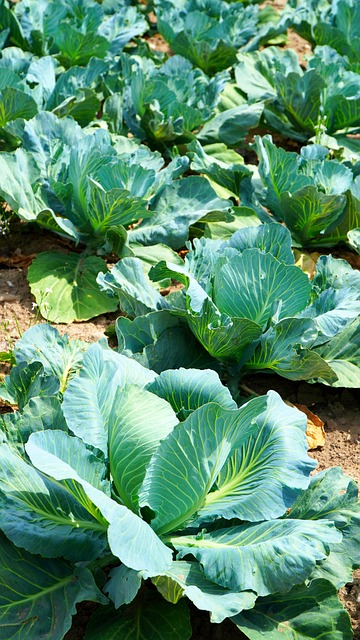Understanding Organic Food: Practices from Farm to Table
Organic food refers to agricultural products produced without most synthetic pesticides, fertilizers, genetically modified organisms, or routine antibiotics and growth hormones for animals. Consumers often seek organic options to reduce exposure to certain inputs, support biodiversity, or encourage farming systems that prioritize soil health and ecological balance. Organic labeling and standards vary by country, but the core idea centers on managing ecosystems and inputs differently than conventional production.

This article is for informational purposes only and should not be considered medical advice. Please consult a qualified healthcare professional for personalized guidance and treatment.
What does organic mean on a farm?
On a farm, organic practices emphasize building healthy soil, rotating crops, and using natural inputs when necessary. Farmers aim to enhance soil organic matter and rely on cover crops, compost, and mechanical weed control instead of synthetic herbicides. Pest management is typically an integrated approach using biological controls, habitat enhancement, and approved organic products. Certification programs require record-keeping, inspections, and a transition period after conventional inputs to confirm the land and processes meet organic standards.
How is organic meat produced?
Organic meat production requires animals to be raised on organic feed, given access to the outdoors, and managed without routine antibiotics or synthetic growth promotants. Producers must follow welfare-focused practices, allowing for natural behaviors and reducing stressors that can compromise animal health. When treating sick animals, veterinarians may use medications as necessary, but treated animals can lose organic status if withdrawal or certification rules aren’t followed. Organic meat processing also follows rules about input sourcing and handling to preserve the integrity of the product.
How are animals handled in organic systems?
Animal care in organic systems balances health, behavior, and environmental stewardship. Organic rules often mandate pasture access for relevant species, space allowances, and enriched environments to support natural behaviors. Preventative health strategies—such as improved nutrition, breeding for resilience, and hygiene—are emphasized to reduce disease risk. When interventions are required, veterinarians oversee treatment, and records document care. These practices aim to protect both animal welfare and the long-term sustainability of livestock operations.
What role does the farmer play in certification?
A farmer pursuing organic certification must document all inputs and practices, maintain detailed records, and open the operation to periodic inspections. The farmer decides how to implement crop rotations, soil-building measures, and animal husbandry within the regulatory framework. Certification bodies review records and test for prohibited substances when needed. Farmers also manage supply chains—sourcing certified organic seed and feed and ensuring processing partners maintain organic integrity—to meet label requirements and consumer expectations.
How does organic food reach consumers?
Organic food moves from farms to consumers through several channels: direct sales at farm stands and farmers’ markets; community-supported agriculture (CSA); retail distribution via grocery stores; and foodservice suppliers. Each link in the chain must protect organic integrity—segregating organic from non-organic products and using compliant packaging and storage. Local services and regional distributors can help farmers reach consumers in your area. Consumers typically rely on certified labels or trusted suppliers to verify that products meet organic standards.
Conclusion
Organic food encompasses a set of production principles focused on soil health, reduced synthetic inputs, and specific animal care practices. Certification provides a verified framework, but standards and enforcement vary by jurisdiction. Choosing organic involves trade-offs—environmental goals, animal welfare considerations, and cost factors—so consumers often weigh priorities like taste, local availability, and farming practices. Understanding how farms, meat production, animals, and farmers interact in organic systems can help people make informed decisions about the food they buy and consume.




